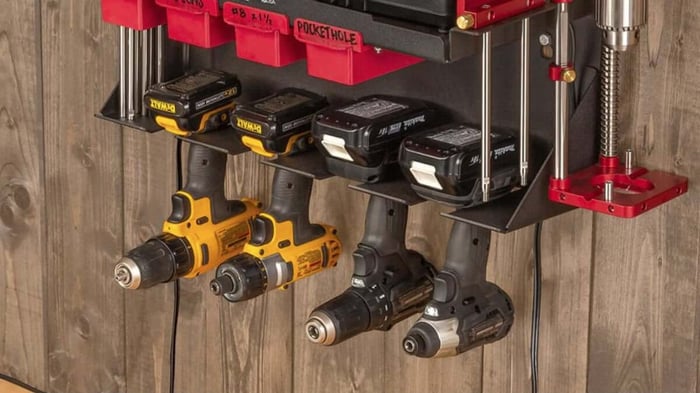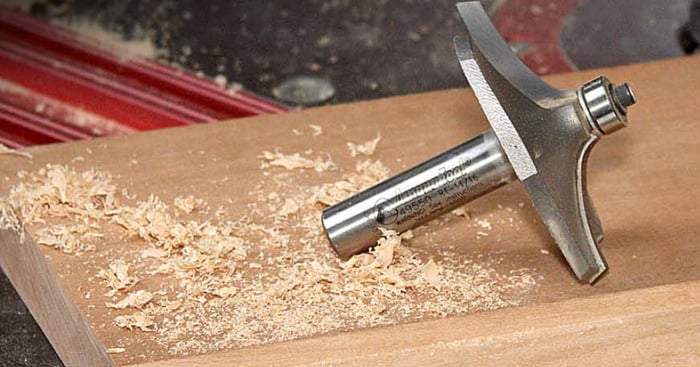
Traditional Routers vs. CNC Machines
Why You Might Still Need a Traditional Router — Even If You Own a CNC Machine
CNC routers have revolutionized woodworking, offering precision, repeatability, and complex design capabilities that would be nearly impossible by hand. But despite all that power, there are still jobs where a traditional handheld or table-mounted router shines. If you're thinking about going all-in on CNC, here are a few limitations to keep in mind — and why you might want to keep your traditional router close by.
1. Edge Profiling Is Awkward on Most CNC Setups
Standard 3-axis CNC routers cut from above, which is great for carving, pocketing, and sign making — but not for shaping edges. That means tasks like cutting crown molding or adding decorative edges to tabletops can be awkward, slow, or even impractical on a CNC.
Yes, you *can* use a ball nose bit to 3D carve a molding profile, but it's time-consuming and requires a full 3D model of the profile. For traditional ogees, coves, and roundovers, nothing beats a router table and a good profile bit.
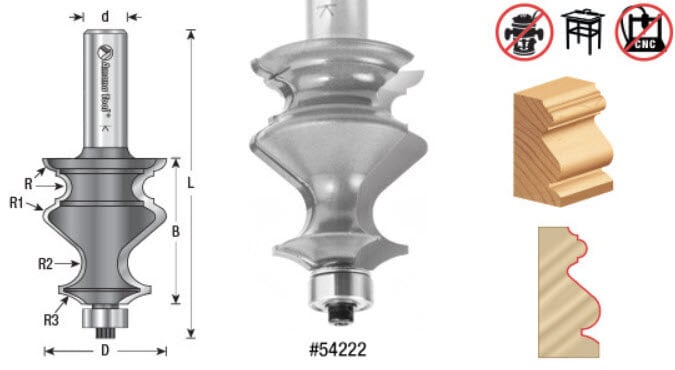 Amana Tool 54222 Carbide Tipped Classical Architectural Molding Router BitTry doing that on a CNC machine!
Amana Tool 54222 Carbide Tipped Classical Architectural Molding Router BitTry doing that on a CNC machine! 2. Setup Time Can Be Overkill for Simple Jobs
Sometimes you just need to round over a board, cut a dado, or trim an edge flush. With a CNC, that means creating or editing a file, zeroing your axes, securing the material, running the job... and waiting. A handheld router with the right jig can do the same job in a fraction of the time — especially for one-offs or rough work.
3. Portability Matters
CNC machines are stationary. Routers go to the workpiece. If you’re working on a large installation, trimming countertops on-site, or modifying a built-in, you’ll be glad to have a traditional router in the truck. CNCs are amazing — but they don’t climb ladders.
4. Tooling and Bit Limitations
CNC routers use shorter bits for precision and stiffness, but this limits the depth and shape of certain cuts. Larger profile bits (like those used for crown molding or stile-and-rail doors) may not be compatible with your CNC spindle or collet size. A powerful router table can run bigger bits safely and more effectively.
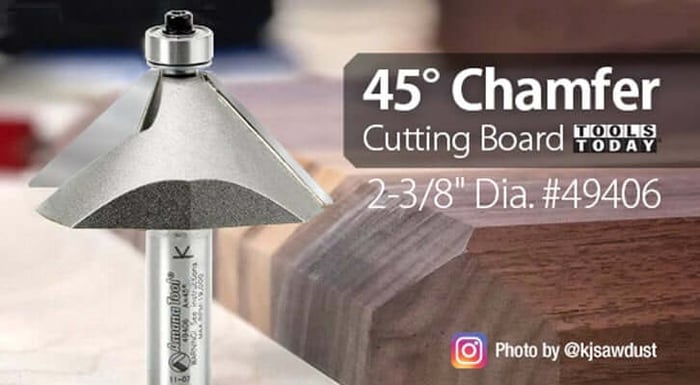 Amana Tool 49406 Carbide Tipped Chamfer 45 Degree 1" Cutting Height w/ Lower Ball Bearing Router Bit is a beast
Amana Tool 49406 Carbide Tipped Chamfer 45 Degree 1" Cutting Height w/ Lower Ball Bearing Router Bit is a beast5. The Tactile Advantage
Sometimes you want to feel the cut. Routers give you that feedback — the hum of the motor, the feel of resistance, the control over feed rate and pressure. For fine-tuning joinery or working with tricky grain, that hands-on feel can make a big difference.
Conclusion
CNC routers are amazing tools — but they’re not magic. They have limits in terms of speed, setup time, bit compatibility, and access to certain types of cuts. Traditional routers offer flexibility, portability, and efficiency for everyday tasks. The best-equipped shops know when to go digital, and when to go back to basics.
Bottom line: CNC machines and traditional routers aren’t competitors. They’re teammates.
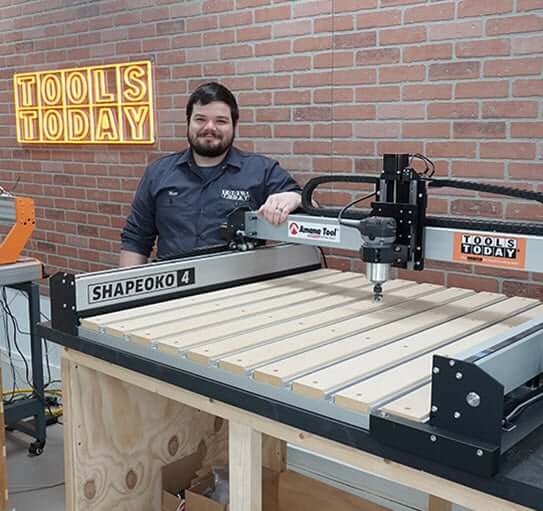 Matt with his Carbide 3D Shapeoko 4 CNC Router Machine
Matt with his Carbide 3D Shapeoko 4 CNC Router Machine


